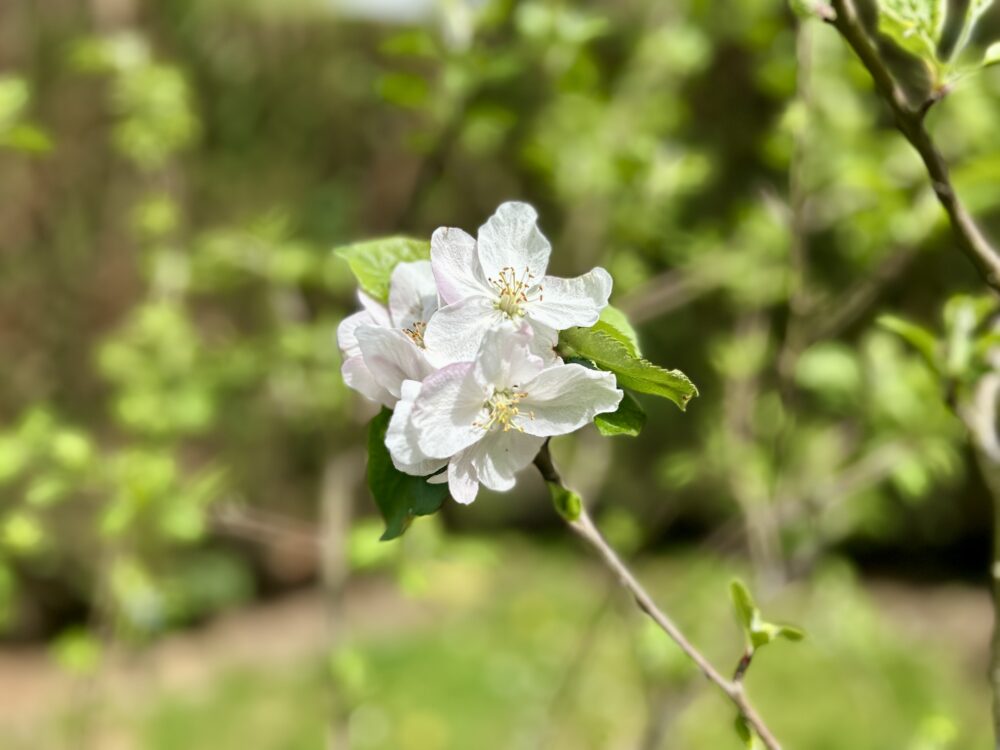The Beauty of Apple Blossoms
The apple tree is a symbol of renewal, beauty, and abundance. Its flowering season is a spectacle to behold, with delicate white blossoms covering its branches, announcing the arrival of spring. These flowers are not just ornamental; they play a vital role in the cycle of life for the tree, as their transformation leads to the formation of apples.
The Structure of the Apple Blossom
The structure of the apple tree flower is both intricate and fascinating. Each blossom typically consists of five petals, which are often tinged with subtle pink hues that fade to pure white as the flowers mature. Beneath the petals lies the reproductive system of the flower, comprising stamens and pistils. The stamens, slender filaments topped with yellow anthers, produce pollen, while the pistil is the central organ that houses the ovary. This ovary is destined to become the apple, provided the flower is successfully pollinated, often with the help of bees and other pollinators.
The Transformation from Blossom to Fruit
Following pollination, a remarkable transformation begins. The fragile petals of the blossom fall away, and the ovary starts its journey of growth. Over the weeks and months that follow, the ovary swells and develops into the fruit we know as the apple. What was once a lightweight, ephemeral flower turns into a robust and nutrient-rich fruit, capable of sustaining wildlife and humans alike. Apples come in a variety of shapes, sizes, and colours, but they all share this common and extraordinary origin.
Nature’s Masterpiece
This transformation is not just a botanical wonder but also a testament to the resilience and adaptability of nature. The apple tree’s ability to convert such delicate blooms into substantial fruits is a process that underscores the intricate interdependence of plants and pollinators.
#AppleBlossoms #NatureMiracles #AppleTreeMagic #FloralTransformation #HarvestSeason













